Hepatomegaly size 342303-Hepatomegaly size below costal margin
Magnetic resonance elastography uses sound waves to create a visual map (elastogram) of the stiffness of liver tissue This noninvasive test can be an alternative to a liver biopsyHepatomegaly is a condition in which the liver is enlarged, generally greater than 15 centimeters in the midclavicular line However, normal liver size varies by person depending on the person'sHepatomegaly is a characteristic sign of liver damage, the nature and stage of which depends on the size of the organ It occurs in diseases of the cardiovascular system, tumor processes or metabolic disorders Increased swelling and inflammation occur in cirrhosis and hepatitis

Hepatomegaly Causes Symptoms Diagnosis Treatment Prevention
Hepatomegaly size below costal margin
Hepatomegaly size below costal margin-Enlarged liver, also known as hepatomegaly, is a consequence of some underlying health condition This article will give you information regarding the possible causes, symptoms, and treatment of this condition The normal size of the liver depends on various parameters, such as age and sex The liver grows to its complete size by age 15 Hepatomegaly in Dogs The term hepatomegaly is used to describe an abnormally enlarged liver Often occurring due to certain diseases and conditions that can either directly or indirectly affect the functioning of the liver, the liver organ may increase in size, taking on a diseased condition of its own
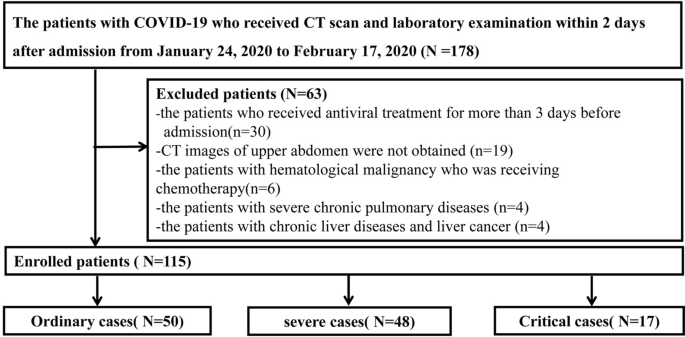



Liver Injury In Patients With Covid 19 Clinical Profiles Ct Findings The Correlation Of The Severity With Liver Injury Springerlink
Chris is an Intensivist and ECMO specialist at the Alfred ICU in Melbourne He is also the Innovation Lead for the Australian Centre for Health Innovation at Alfred Health and Clinical Adjunct Associate Professor at Monash University He is a cofounder of the Australia and New Zealand Clinician Educator Network (ANZCEN) and is the Lead for the ANZCEN ClinicianHepatomegaly is enlargement of the liver beyond ageadjusted normal values It can be due to intrinsic liver disease or associated with systemic diseases seen in infants and children Normal liver size Depends on age, gender, and body size Average liver span is 45 to 5 cm (neonates), 6 to 65 cm (12yearold girls), 7 to 8 cm (12yearold Hepatomegaly is an enlarged liver, which means it's swollen beyond its usual size Your liver has a lot of important jobs It helps clean your blood by getting rid of
Hepatomegaly is the medical term of enlarged liver, which means an increase in size of the liver "Hepatic" refers to the liver and "megaly" refers to an increase in size The liver is largest organ of the human body and situated in the upper right quadrant of the abdomen It weighs a little less in women than men Hepatomegaly is the swelling of the liver beyond its normal size Hepatomegaly isn't a disease on its own—instead, it's a sign of an underlying problem like Liver is mildly enlarged in size 152 mm & mildly echogenic in appearance No focal lesion What does it mean?
Hepatomegaly is the medical term for an enlarged liver It is a symptom of disease rather than a disease in itself Sometimes, hepatomegaly may be Enlarged liver refers to swelling of the liver beyond its normal size Hepatomegaly is another word to describe this problem If both the liver and spleen are enlarged, it is called hepatosplenomegaly Hepatomegaly is a general medical term that means "enlarged liver" Liver enlargement has many different causes, and by itself, the term "hepatomegaly" does not suggest a specific diagnosis or disease Instead, it could indicate a variety of different conditions 1
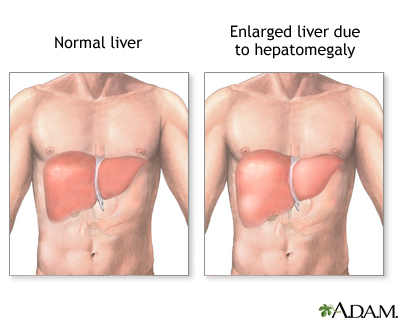



Hepatomegaly Medlineplus Medical Encyclopedia Image
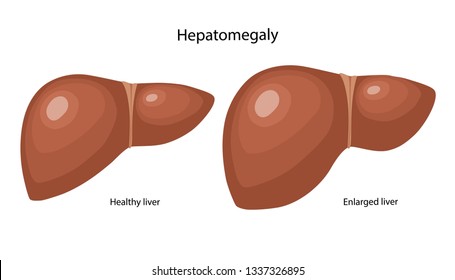



Hepatomegaly Images Stock Photos Vectors Shutterstock
Hepatomegaly is a term used to describe a liver that is enlarged beyond its normal dimensions, and ultrasound is often a front line investigation in the suspicion of hepatomegaly This study sought to develop a reference range for the size of the normal liver using a simple, reliable and valid measurement techniqueHepatomegaly Enlarged liver refers to swelling of the liver beyond its normal size Hepatomegaly is another word to describe this problem If both the liver and spleen are enlarged, it is called hepatosplenomegaly A CT scan of the upper abdomen showing a fatty liver (steatosis of the liver) Note the liver enlargement and dark color compared Hepatomegaly secondary to hepatic steatosis and skeletal muscle hypertrophy occur in all affected individuals Hypertrophic cardiomyopathy is reported in %25% of affected individuals and is a significant cause of morbidity from cardiac failure and early mortality



Saravana Hospital Tamil Nadu India Patient Report J Shahul Hameed After Treatment
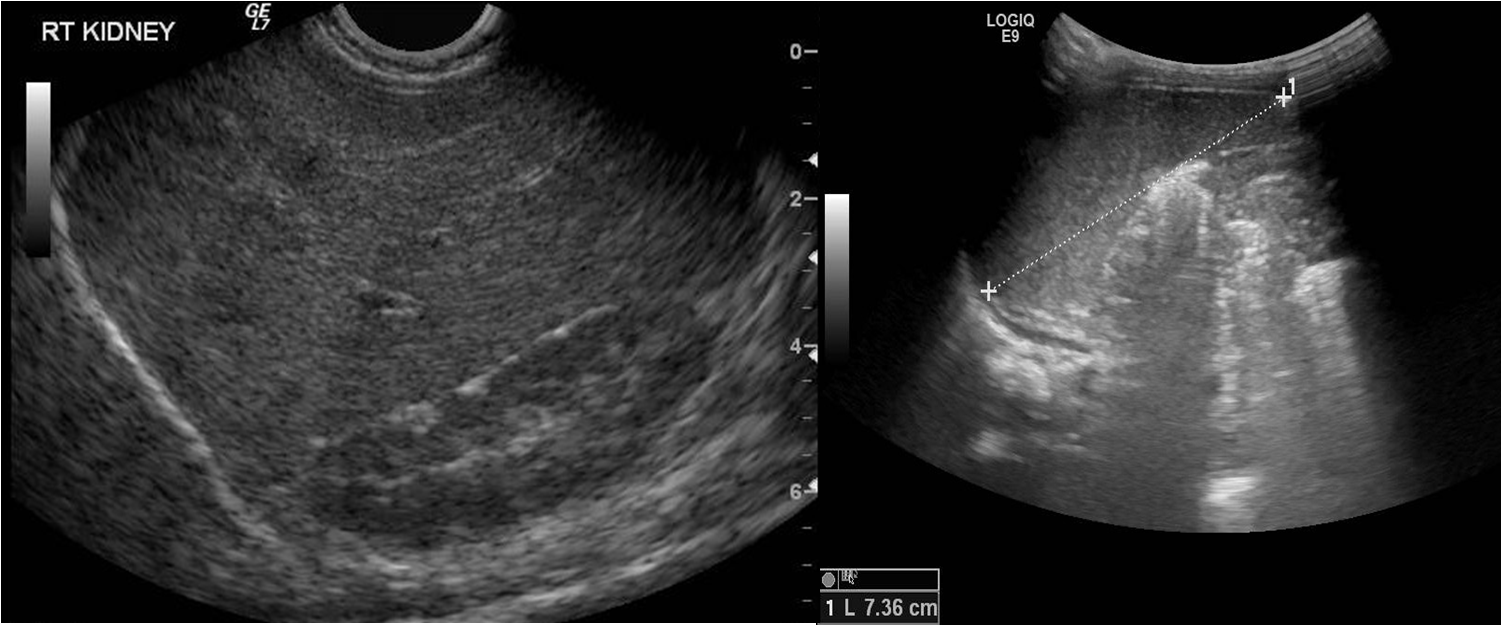



Epos Trade
Hepatomegaly An abnormally enlarged liver Hepatomegaly can be caused by heart failure, blockage of blood vessels from the liver, or be a sign of chronic liver disease CONTINUE SCROLLING OR CLICK HEREAs the liver shares in fetal erythropoiesis, fetal hepatomegaly increases fetal hemoglobin level that increases liver iron content as well as protein, copper, and zinc 5 T1 high signal T2 low signal MRI is the best for diagnosis of fetal hepatic tumors and other diseases with specific MRI features such as biliary atresiaHepatomegaly Commonly accepted to be > 1516 cm long in mid clavicular line – Size varies depending on gender and body size Volumetric measurements are time consuming and may not be suitable for everyday practice • Ancillary signs used to identify hepatomegaly Enlargement of caudate lobe – Differential diagnosis of cirrhosis



Journals Sagepub Com Doi Pdf 10 1177




Assessing Hepatomegaly Automated Volumetric Analysis Of The Liver Semantic Scholar
Hepatomegaly causes a condition in which the liver is enlarged and is swollen beyond its normal size The liver is a wedge shaped organ located on the right side of the upper abdomen, and it is the largest internal organ of the bodyThe functions of the liver are very important to keep the body healthy, and they include the cleansing of blood to remove harmful Hepatomegaly risk factors which includes pressing on the right side of the belly to feel the size of the liver and determine whether there isSize to one with hepatomegaly Introduction Liver size is a significant indicator of the presence of a disease process1–4 Knowledge of hepatic size is also important in surgical planning5,6 and followup of treatments and interventions over time2,6–8 The liver has multiple physiological functions, and consequently, there are




Constitutive Androstane Receptor Induced Hepatomegaly And Liver Regeneration Is Partially Via Yes Associated Protein Activation Sciencedirect




5 Nurturing Ideas I Mildly Fatty Liver What Is Hepatomegaly With Fatty Liver Mild Fatty Liver Meaning In Malay Fatty Liver Fatty Liver Disease Fatty Liver Diet
I have an enlarged liver of 19cm It was 1cm last April when I was diagnosed with gallstones and an enlarged liver via ultrasound, but I had a CT scan last week, and now my liver is 1cm which they just went on and referred as 19cmSome of the diseases that may cause hepatomegaly includes Alcoholic Liver Disease Alcoholic liver disease (ALD) is damage to liver tissue induced by alcohol and may be reversible or irreversible There are different patterns of liver injury as illustrated below that may lead to changes in the liver sizeLiver size is a good indicator of your liver's function A normal liver size indicates that your liver tissue is healthy and is doing its job effectively On the other hand, an enlarged liver may suggest that your liver isn't working as it should Enlargement of the liver is also known as hepatomegaly



Causes Of Hepatomegaly Other




Fetal Hepatomegaly Causes And Associations Radiographics
Read this chapter of The Rational Clinical Examination EvidenceBased Clinical Diagnosis online now, exclusively on JAMAevidence JAMAevidence is a subscriptionbased resource from McGraw Hill and JAMA that features trusted content from the best minds in medicine Hepatomegaly simply means enlargement of the liver Mean Liver size is 105 cm for an adult male and 7 cm for an adult female Liver size depends on sex, age, body size Hepatomegaly is considered only when the liver is enlarged at least 3cm from its normal size Hepatosplenomegaly occurs when the liver and spleen are much larger than their typical size Usually, a person cannot feel the borders of their liver or spleen in their stomach But if




Fetal Hepatomegaly Causes And Associations Radiographics




Hepatomegaly Wikiwand
1 doctor answer • 1 doctor weighed in A 31yearold male asked There is a subtle mildly echogenic region in the right lobe the liver measuring 39 x 15 x 21 cm which could represent an area of focal fatty inltration It does not Enlarged Liver or Hepatomegaly An enlarged liver in medical terms is called hepatomegaly and means an increase in the size of the liver "Hepatic" refers to the liver and "megaly" refers to anOther ultrasound studies have suggested hepatomegaly as being defined as a longitudinal axis > 155 cm at the hepatic midline, or > 160 cm at the midclavicular line




Liver Injury In Patients With Covid 19 Clinical Profiles Ct Findings The Correlation Of The Severity With Liver Injury Springerlink




Enlarged Liver Symptoms Causes Complications Cures The Amino Company
The study's results found the following The study represents one of the largest populations studied regarding average liver length, and it concluded that the average liver size Hepatomegaly is when you have an abnormally large liver It's often a sign of a serious health concern Learn about its causes, symptoms, and treatments Hepatomegaly is enlargement of the liver The liver edge is normally palpable in children and thin adults and some patients may have a palpable right lobe of the liver It is smooth, uniform, nontender and descends to meet the palpating fingers on inspiration The best way to assess size is by percussion a normalsized liver can appear




Strong Correlation By Ultrasonography Of Hepatomegaly And The Presence Of Co Infection In Hiv Hcv Cirrhotic Patients Topic Of Research Paper In Clinical Medicine Download Scholarly Article Pdf And Read For Free On
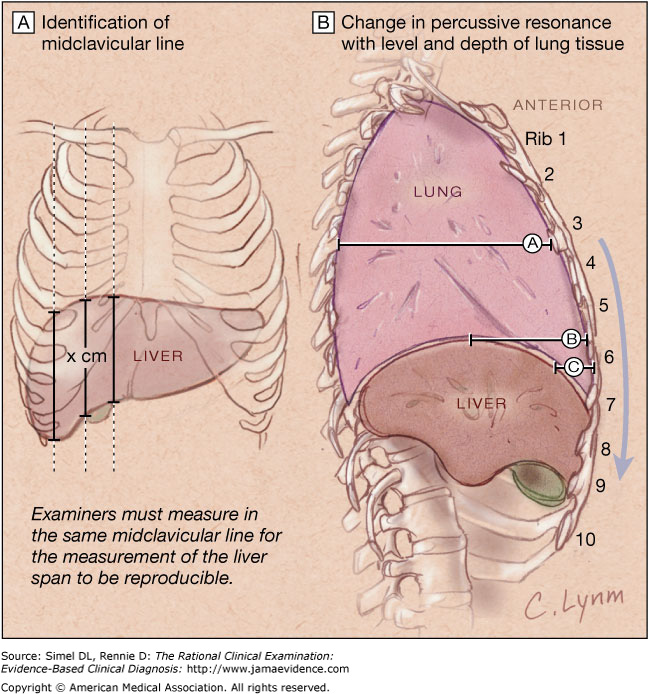



Normal Liver Size Ct Scan Ct Scan Machine
In addition, neonatal and young dogs and cats have a larger liver size compared with body size, creating the appearance of hepatomegaly without a true hepatic abnormality 1,12 Because of the numerous normal variations that can cause hepatic lobe extension beyond the costal arch, rounding or blunting of these lobes should also be presentLincoln EM, Spillman R Studies of the hearts of normal children II Roentgen ray studies Am J Dis Child , 1928Hepatomegaly after chronic alcohol consumption results from an increase in cell size and not in cell number About 5060% of the increase in liver weight is accounted for by an increase in intracellular water, while extracellular water remains constant Therefore, a substantial reduction in




Fontan Associated Liver Disease Sciencedirect




What Is Enlarged Liver Or Hepatomegaly Causes Symptoms Treatment Recovery Complications
By ultrasound, a normal liver span is usually Hepatomegaly is a symptom that can be caused by a variety of conditions that affect different organ systems When evaluating a child with hepatomegaly it is very important to identify conditions in which immediate medication intervention isIndications for surgical intervention include interval growth, large size, which may cause compression of nearby structures or cause risk for rupture, or those that Hepatic cysts are a common extrarenal manifestation of adult polycystic kidney disease and can result in massive hepatomegaly Although percutaneous cyst aspiration and




Hepatomegaly Radiology Reference Article Radiopaedia Org




Lymphoma Mild Hepatomegaly With Multiple Rounded Hypoechoic Solid Nodular Masses Ranging 15 To 45 Mm Size Involving Both Lobes 2 A Lymphoma Abdomen Mass
The size depends on several factors age, sex, body size and shape, as well as the particular examination technique utilized (eg, palpation versus percussion versus radiographic) By percussion, the mean liver size is 7 cm for women and 105 cm for men (Table 941) The presence of a palpable liver does not always indicate hepatomegaly Normal liver size is based on normative values of liver span by percussion, degree of extension below the right costal margin, or length of the vertical axis estimated from imaging techniques In general, a liver edge greater than 35 cm in newborns and greater than 2 cm inMaresh MM, Washburn AH Size of the heart in healthy children Am J Dis Child 5633, 1938;
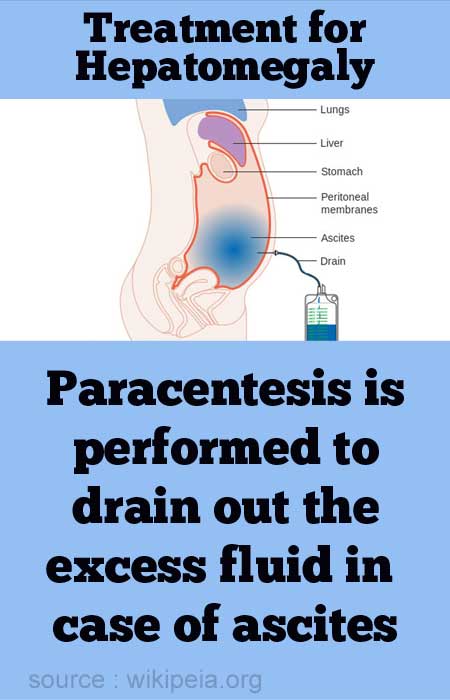



Hepatomegaly Causes Symptoms Diagnosis Treatment Prevention




Hepatomegaly
Assessment of liver size is commonly made on ultrasound or CT, although gross hepatomegaly may be apparent on abdominal radiograph For the adult liver midclavicular line averages cm in craniocaudal length 2 a liver that is longer than cm in the midclavicular line (MCL) is considered enlargedThe purpose of liver percussion is to measure the liver size Technique Starting in the midclavicular line at about the 3rd intercostal space, lightly percuss and move down Percuss inferiorly until dullness denotes the liver's upper border (usually at 5th intercostal space in MCL) See 579 ruleHepatomegaly is an enlargement of the liver resulting from an increase in the number or size of cells and structures within the liver Although hepatomegaly usually manifests clinically as a palpable liver, not all palpable livers result from hepatomegaly




Hepatocyte Specific Overexpression Of Activated Yap Causes Hepatomegaly Download Scientific Diagram
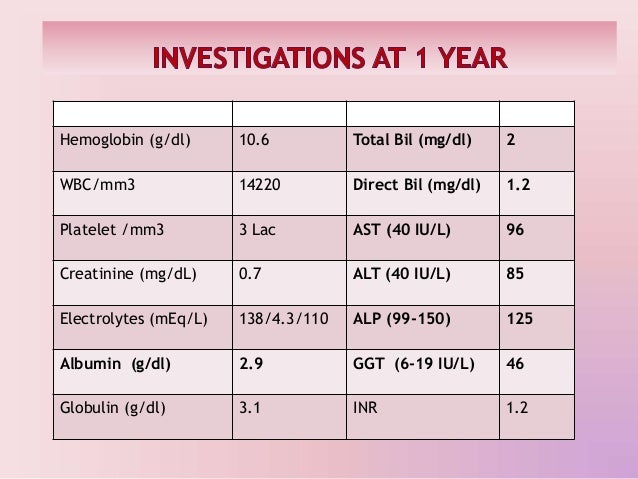



A Case Of Ascites And Hepatomegaly
Blood tests A blood sample is tested to determine liver enzyme levels and identify viruses that can cause enlarged liver Imaging tests Imaging tests include CT scan, ultrasound or MRI;



Q Tbn And9gctluebohreturktssngzgc9wbvrg6fy8zvgedb4ba9rv Q Mysc Usqp Cau




Ultrasound Measurement Of Liver Longitudinal Length In A North Anatolian Population A Community Based Study Ozmen Z Aktas F Ozmen Zc Almus E Demir O Niger J Clin Pract



3
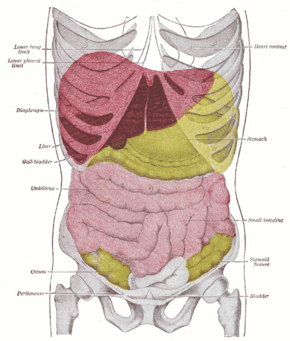



Liver Span Wikipedia




Hepatomegaly Causes Symptoms Diagnosis Treatment Prevention




Hepatomegaly Is The Medical Terminology For An Inflamed And Or Bloated Liver Learn About It As Well As Some Fatty Liver Remedies Fatty Liver Enlarged Liver




Hepatomegaly Wikipedia




Hepatomegaly In Neonates And Children American Academy Of Pediatrics




Hepatomegaly With Fatty Liver Meaning
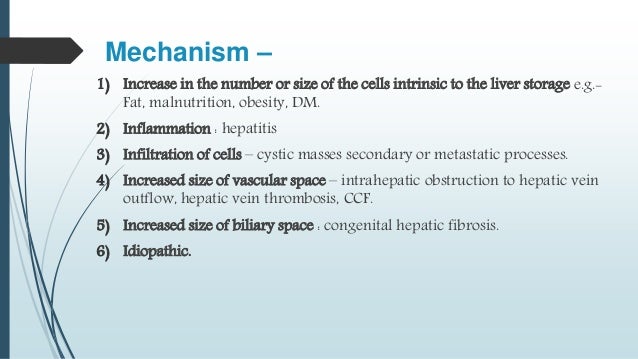



Hepatomegaly
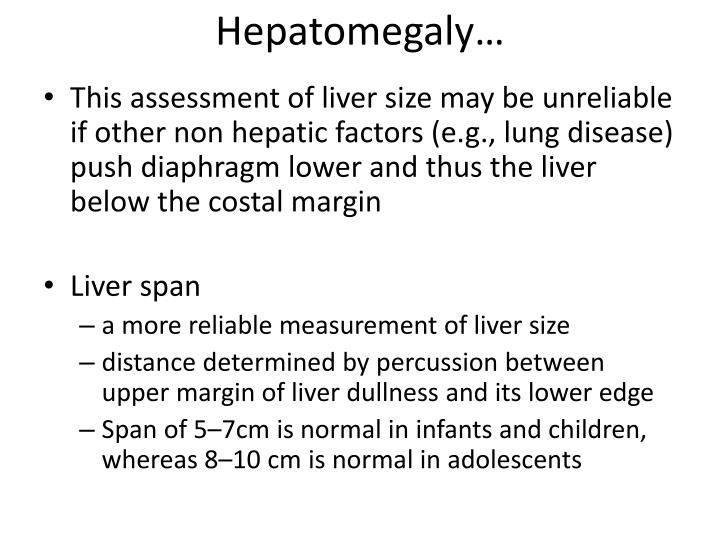



Ppt Approach To A Child With Hepatomegaly Powerpoint Presentation Free Download Id




Hepatosple Nomegaly Pbl 22 Supervised By Dr Walaa




Approach To A Child With Hepatomegaly Dr Shreedhar Paudel May Ppt Download




Hepatic Lrp1 Deficiency Promotes Steatosis Hepatomegaly And Download Scientific Diagram




Case 12 1996 An 18 Year Old Woman With Hepatomegaly And Ascites Nejm




Clinical Examination Of The Liver




Hepatomegaly In Neonates And Children American Academy Of Pediatrics
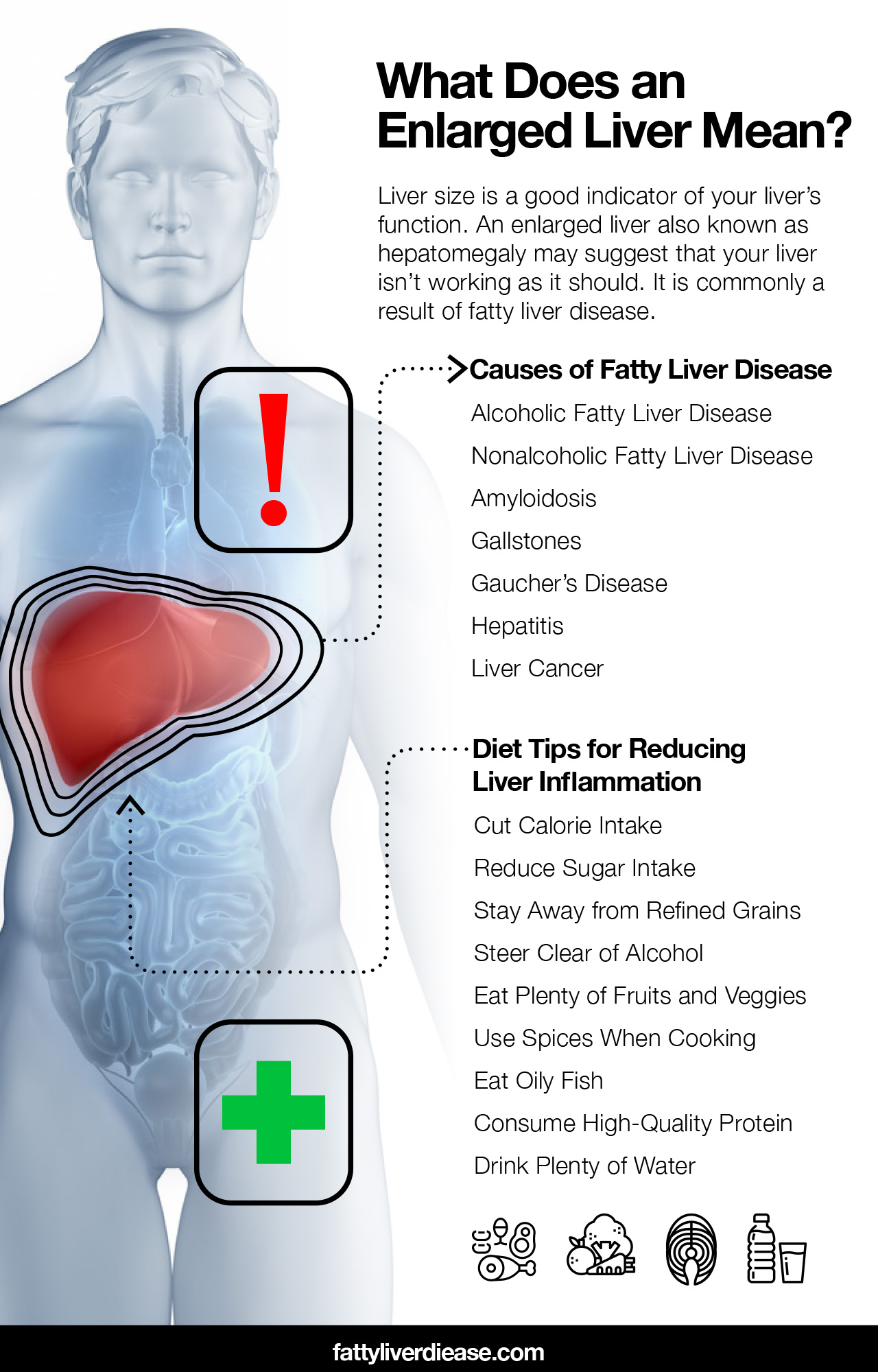



Do You Have A Normal Liver Size Fatty Liver Disease



Www Ajronline Org Doi Pdf 10 2214 Ajr 171 6



Hepatomegaly Global Indian Nurses Organization




Hepatomegaly Craniocaudal Length Of The Liver Was 170 Mm Download Scientific Diagram
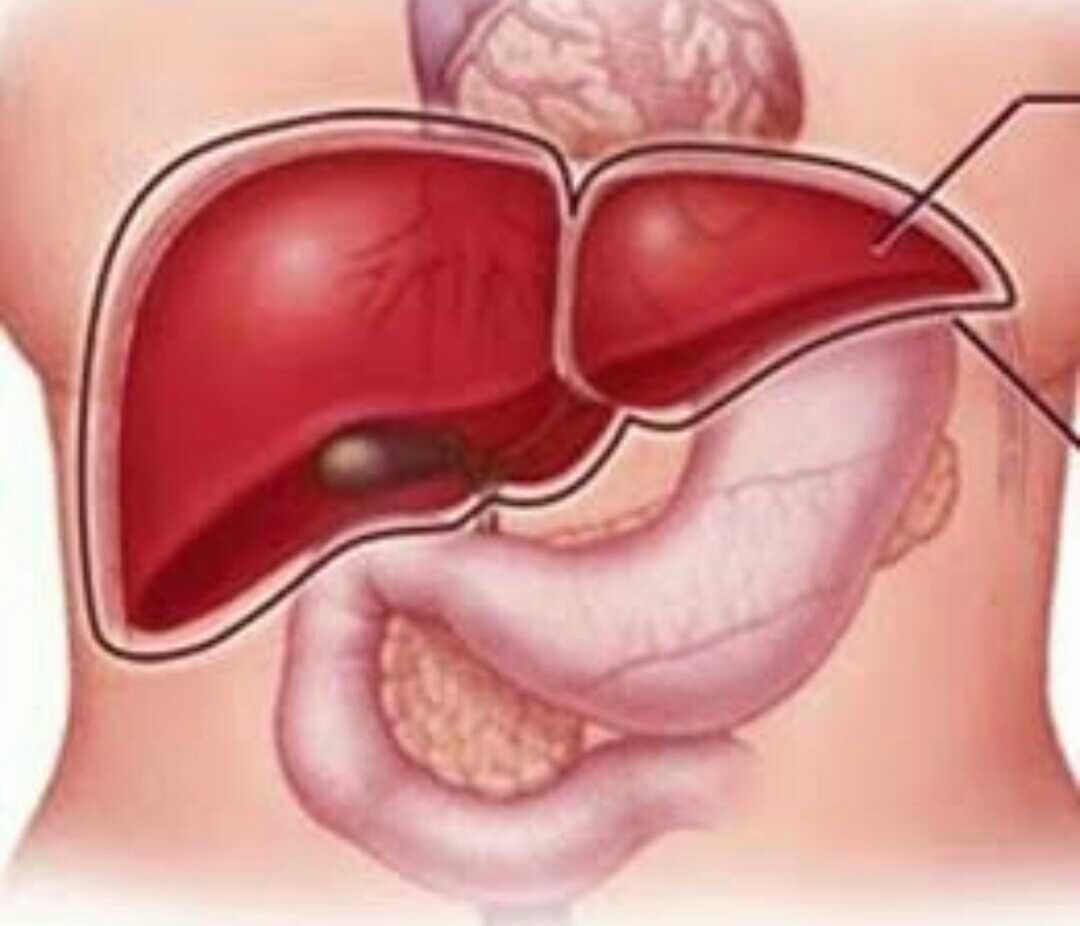



Hepatomegaly Is Mild Steemkr




Ultrasound Measurement Of Liver Longitudinal Length In A North Anatolian Population A Community Based Study Ozmen Z Aktas F Ozmen Zc Almus E Demir O Niger J Clin Pract




Zebrafish Mutants With Embryonic Hepatomegaly Download Table




What Causes An Enlarged Liver




Scielo Brasil Strong Correlation By Ultrasonography Of Hepatomegaly And The Presence Of Co Infection In Hiv Hcv Cirrhotic Patients Strong Correlation By Ultrasonography Of Hepatomegaly And The Presence Of Co Infection In Hiv Hcv




Liver Enlargement Hepatomegaly Clinical Gastro 19




Hepatomegaly
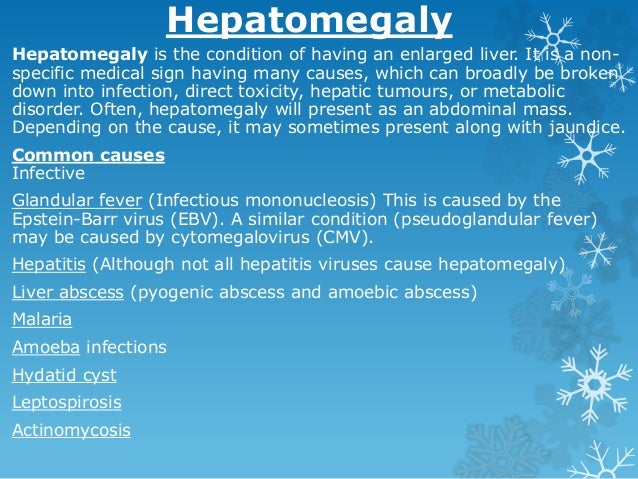



Hepatomegaly




Simple Evaluation Of Liver Size On Erect Abdominal Plain Radiography Clinical Radiology




Spleenomegaly Lymphnodes Enlargement s17 Batch Medicine Theory Lecture



1




Hepatomegaly How To Know If Your Liver Is Enlarged By Sumit Sharma Issuu
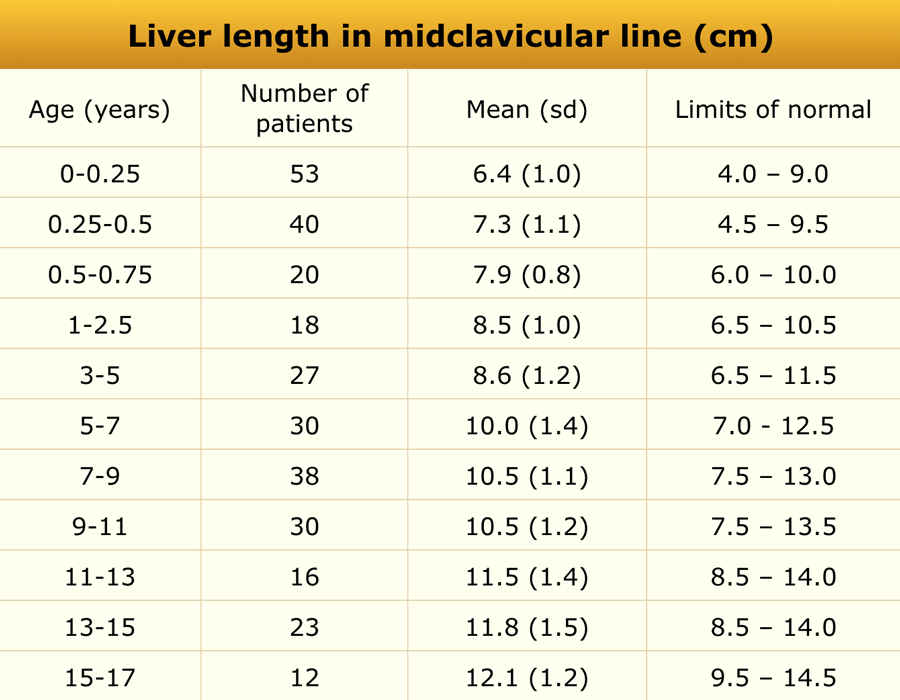



The Radiology Assistant Normal Values Ultrasound




The Radiology Assistant Normal Values Ultrasound




Predictors Of Non Alcoholic Fatty Liver Disease In Obese And Overweight Egyptian Children Single Center Study El Karaksy Hm El Koofy Nm Anwar Gm El Mougy Fm El Hennawy A Fahmy Me Saudi J Gastroenterol




Dr Swati Case Of Hepatomegaly
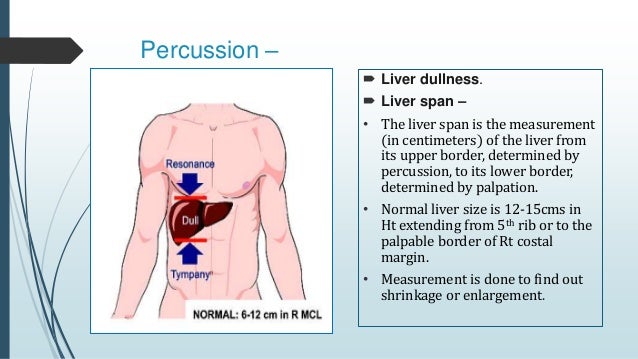



S2mdptlntqticm




What You Need To Know About An Enlarged Liver Fatty Liver Disease




Ultrasound In The Assessment Of Hepatomegaly A Simple Technique To Determine An Enlarged Liver Using Reliable And Valid Measurements Childs 16 Sonography Wiley Online Library
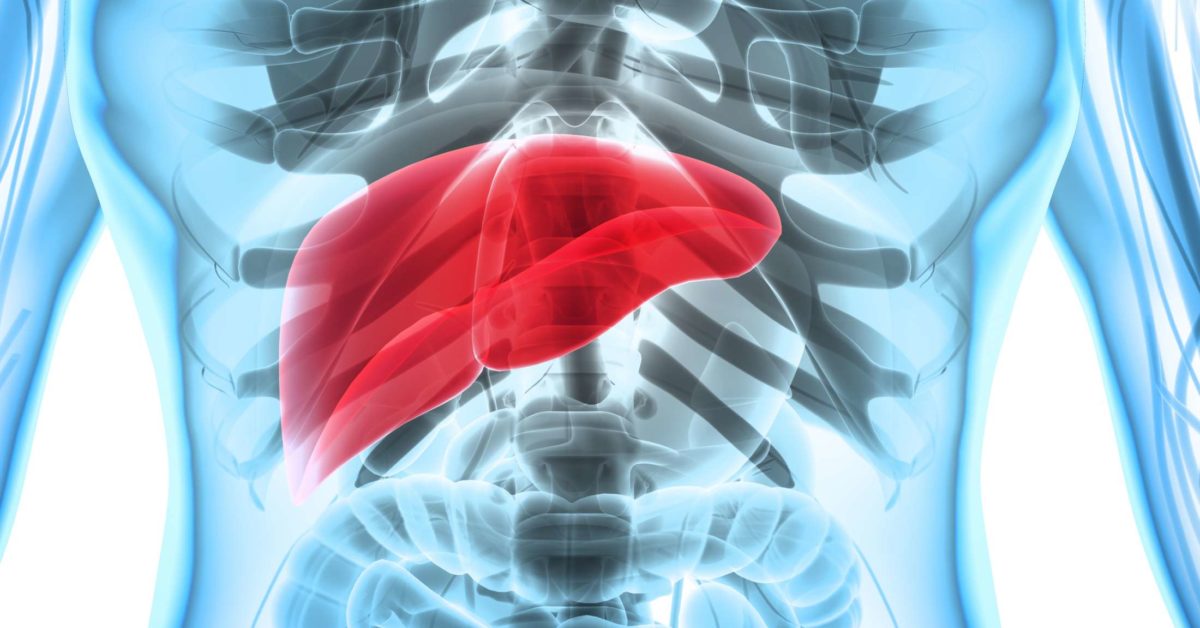



Hepatosplenomegaly Causes Complications And Treatment




Constitutive Androstane Receptor Induced Hepatomegaly And Liver Regeneration Is Partially Via Yes Associated Protein Activation Sciencedirect




Constitutive Androstane Receptor Induced Hepatomegaly And Liver Regeneration Is Partially Via Yes Associated Protein Activation Sciencedirect
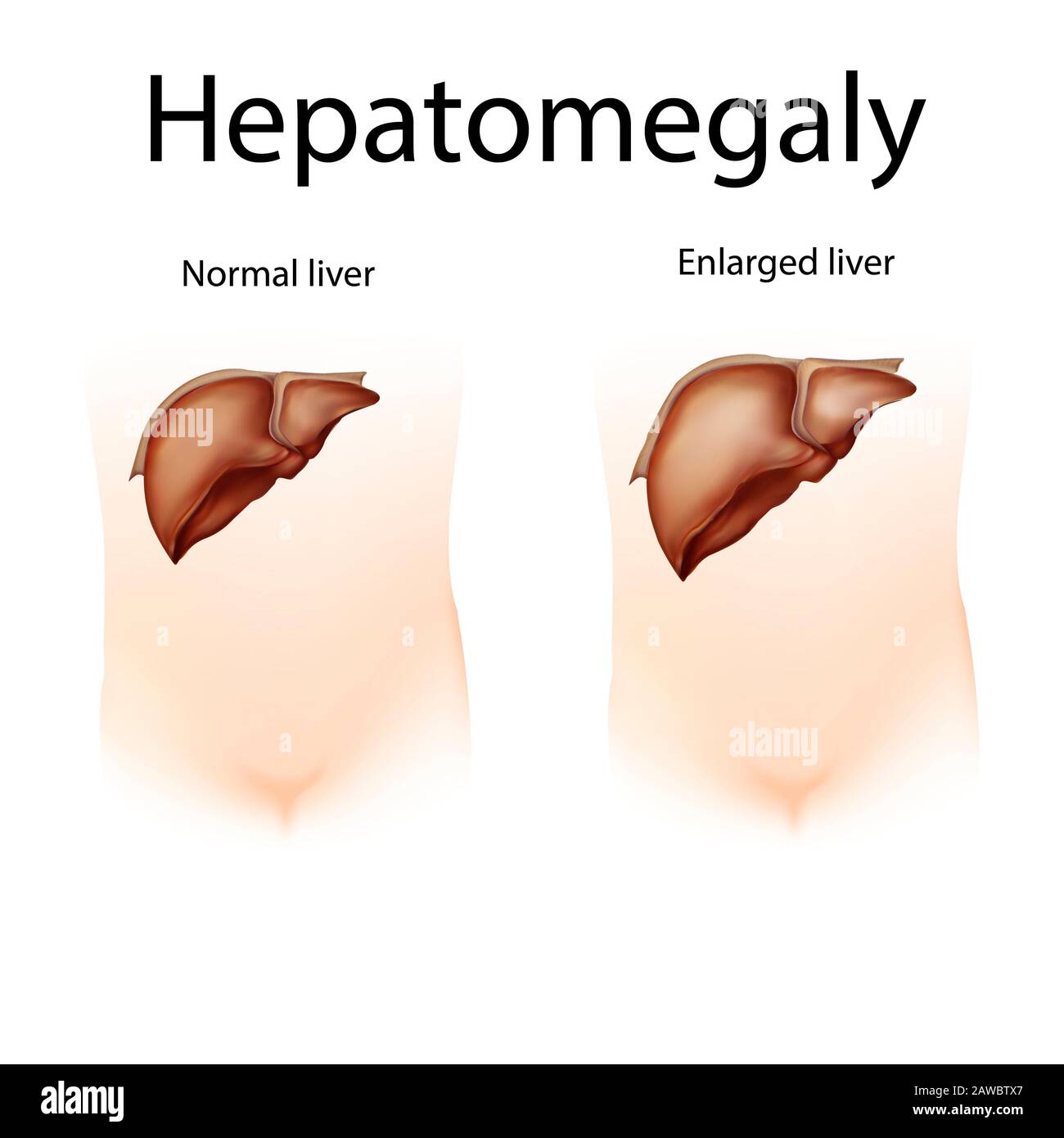



Hepatomegaly Illustration Stock Photo Alamy
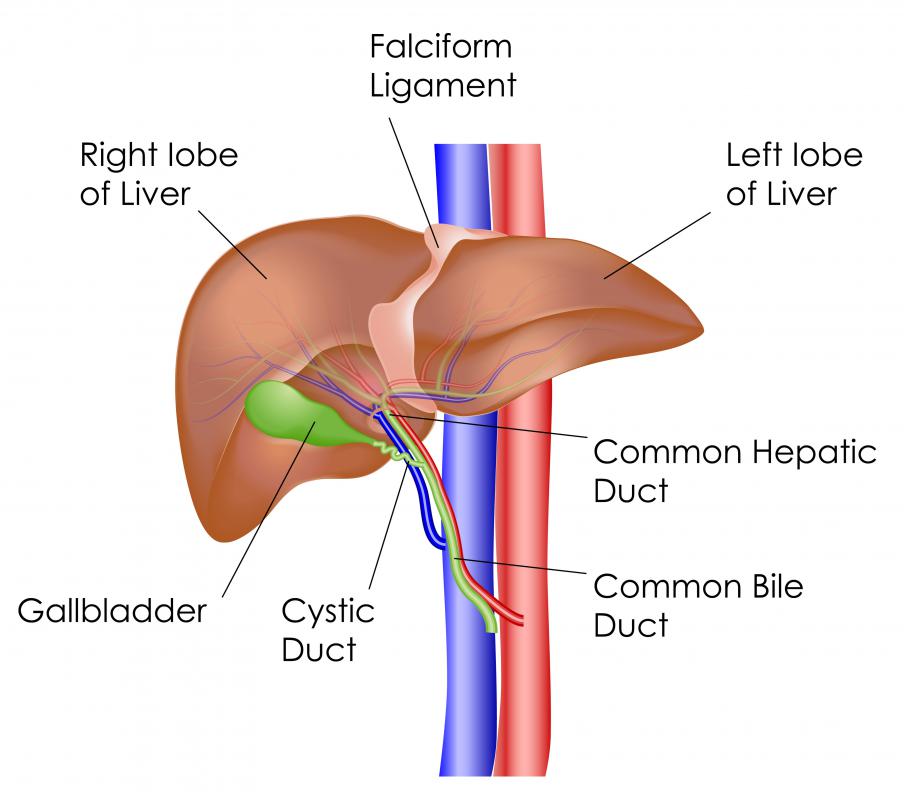



What Are The Causes Of Hepatomegaly With Pictures




Ultrasound Diagnosis Of Malaria Examination Of The Spleen Liver And Optic Nerve Sheath Diameter Abstract Europe Pmc



Hepatomegaly Stock Illustrations 33 Hepatomegaly Stock Illustrations Vectors Clipart Dreamstime




Differential Diagnosis Of Hepatomegaly Hepatomegaly Is An Important Physical Sign Of Large Number Of Diseases Following Characteristics Of The Liver Ppt Download




Methods Of Determining The Size Of The Adult Liver Using 2d Ultrasound Semantic Scholar
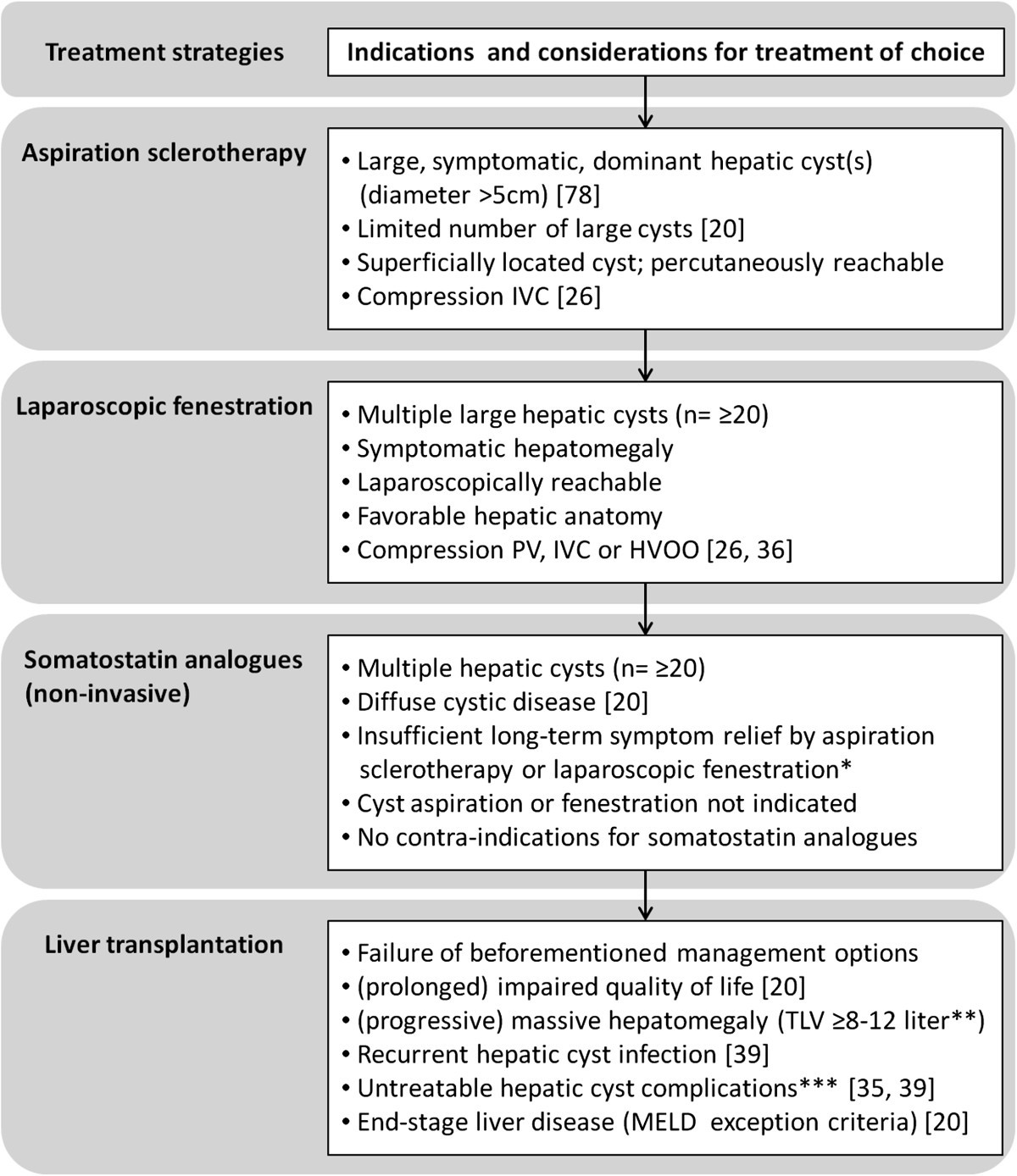



Polycystic Liver Disease An Overview Of Pathogenesis Clinical Manifestations And Management Orphanet Journal Of Rare Diseases Full Text




Hepatomegaly Pronunciation And Definition Youtube
/liver-a-part-of-human-digestive-system-anatomy-x-ray-3d-rendering-1207699031-0ccbe12434874117b9601085cfd8a5d3.jpg)



What Is Hepatomegaly
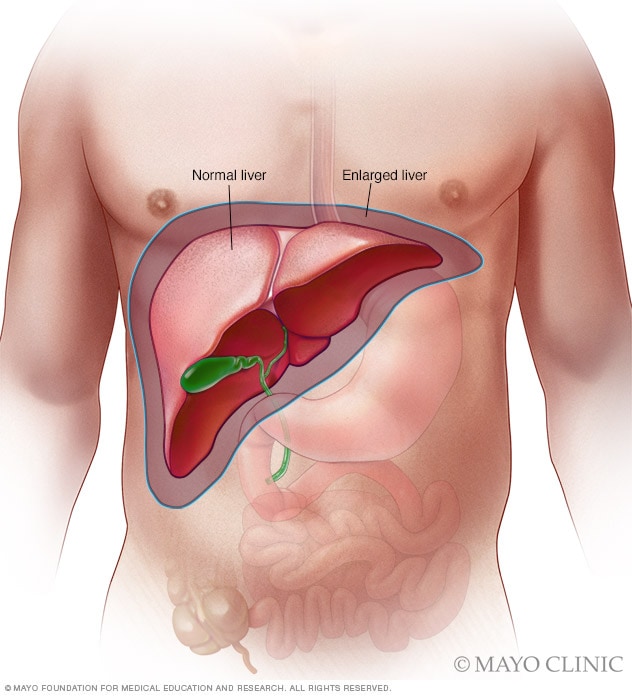



Enlarged Liver Symptoms And Causes Mayo Clinic








Cureus Mauriac Syndrome Still Exists In Poorly Controlled Type 1 Diabetes A Report Of Two Cases And Literature Review




Clinical Examination Of The Liver




Hepatomegaly The Liver Measured 27 22 9 Cm In Size And G In Download Scientific Diagram




Constitutive Androstane Receptor Induced Hepatomegaly And Liver Regeneration Is Partially Via Yes Associated Protein Activation Sciencedirect
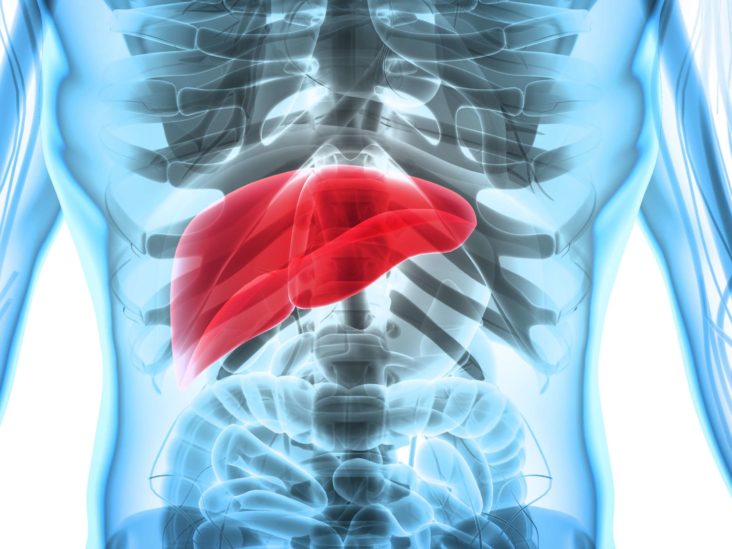



Hepatosplenomegaly Causes Complications And Treatment
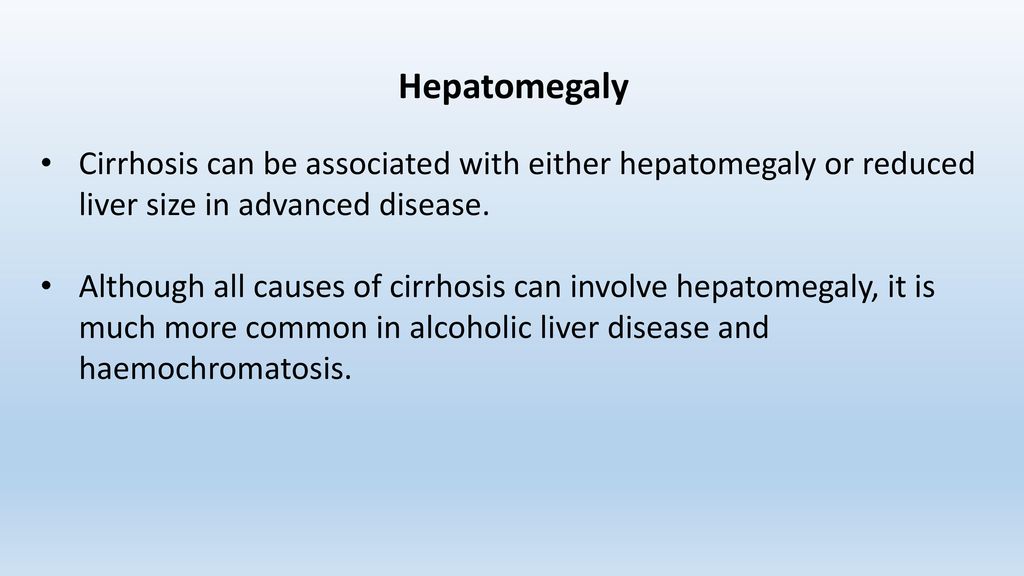



Jaundice Jaundice Jaundice Is Usually Detectable Clinically When The Plasma Bilirubin Exceeds 2 5 Mg Dl Ppt Download
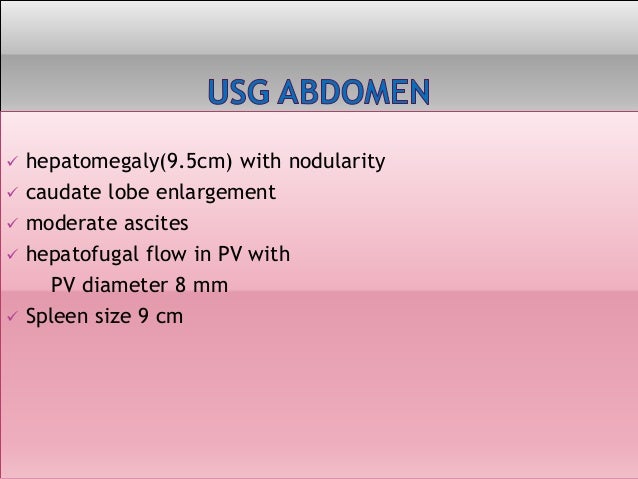



A Case Of Ascites And Hepatomegaly
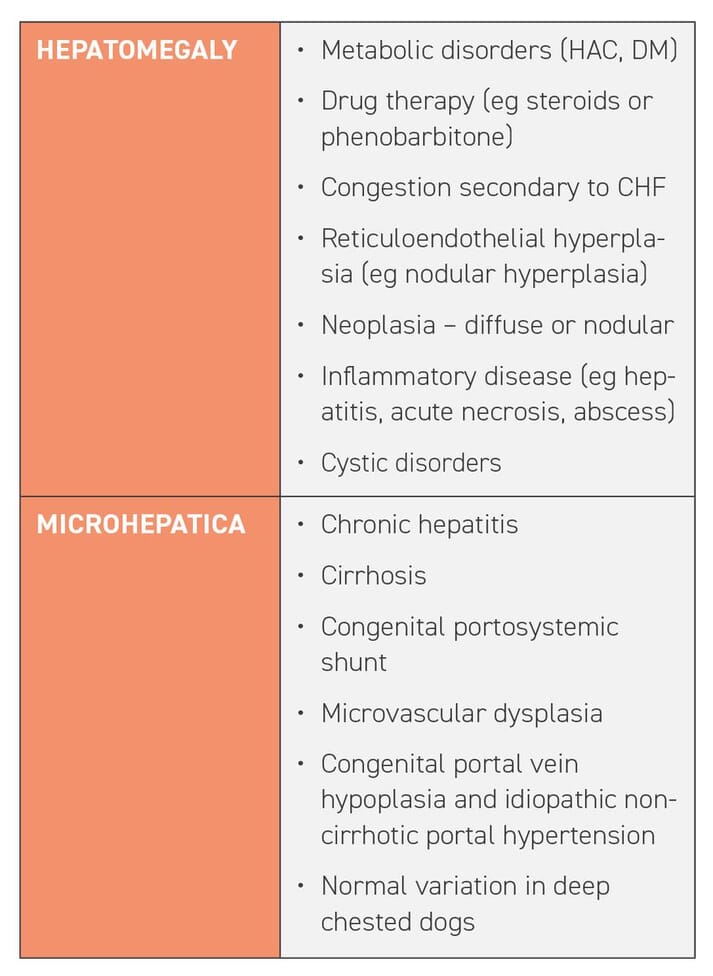



What To Do If You Suspect Liver Disease Veterinary Practice
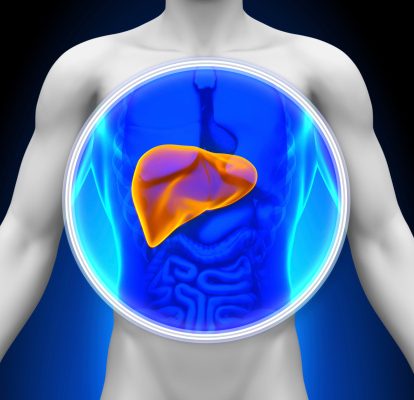



Enlarged Liver Hepatomegaly Causes Treatment And Prevention Tips




Hepatomegaly Causes Symptoms Treatments




Hepatomegaly The Liver Measured 27 22 9 Cm In Size And G In Download Scientific Diagram




Case 12 1996 An 18 Year Old Woman With Hepatomegaly And Ascites Nejm



Hepatomegaly Learn Pediatrics



Mildly Hepatomegaly Liver 16 21cm Is Mildly Enlarged In Practo Consult
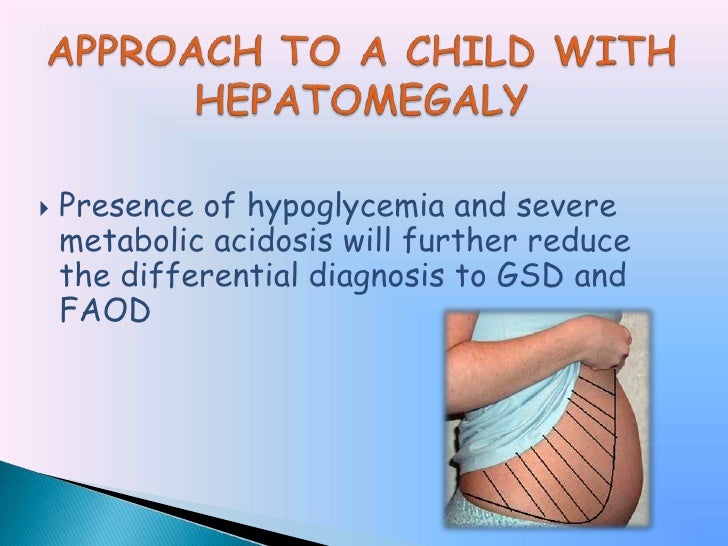



Dr Swati Case Of Hepatomegaly




Hepatomegaly Enlarged Liver Symptoms Causes And Treatment




Liver Size 18cm Normal Liver Size In Cm By Age
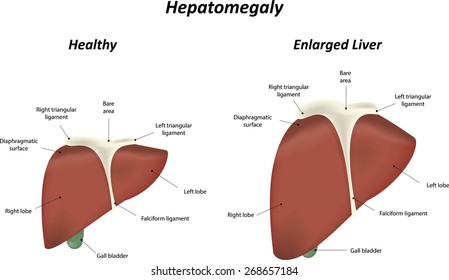



Hepatomegaly Images Stock Photos Vectors Shutterstock



1




Hepatomegaly Wikipedia




Diseases Of Spleen Splenomegaly Dr C P Bhale
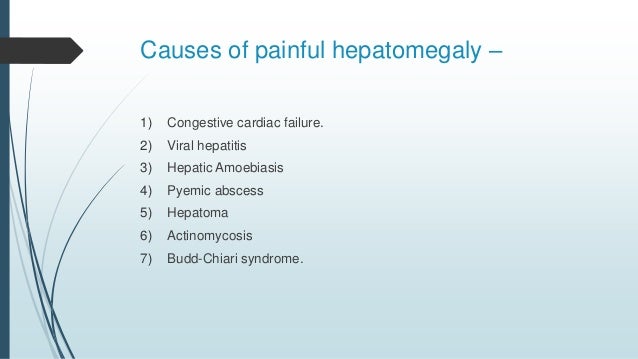



Hepatomegaly




Hepatomegaly The Symptoms Causes



Hepatomegaly Learn Pediatrics
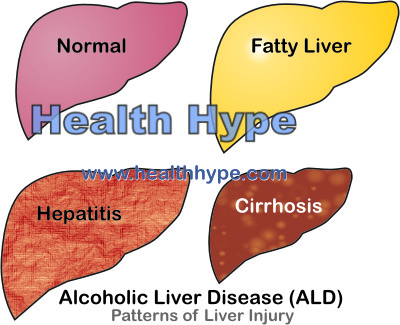



Enlarged Liver Hepatomegaly Common And Rare Causes Healthhype Com
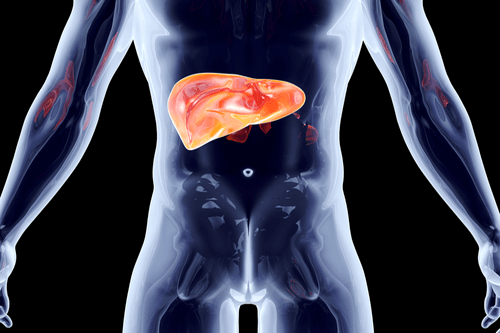



Enlarged Liver Symptoms Risk Factors Complications Treatment Factdr


コメント
コメントを投稿